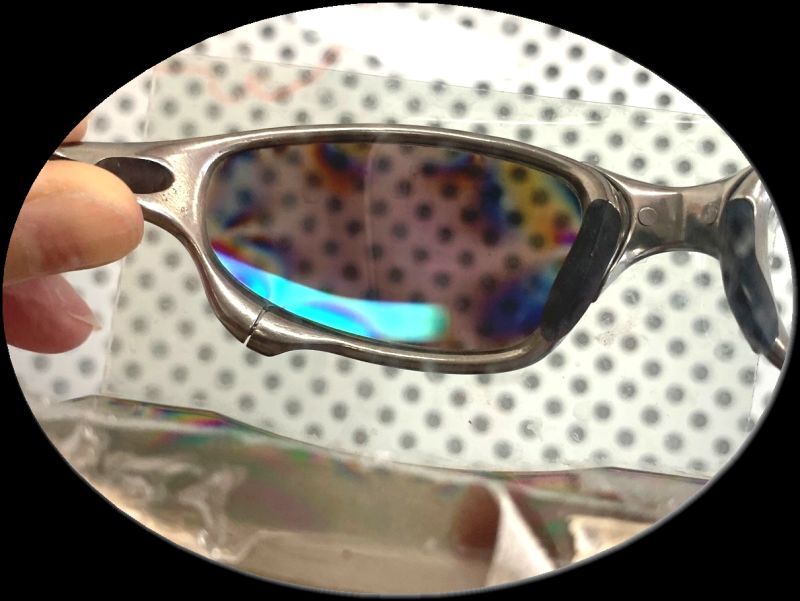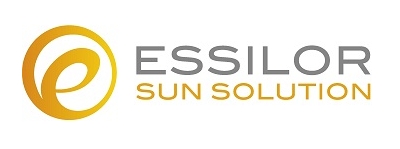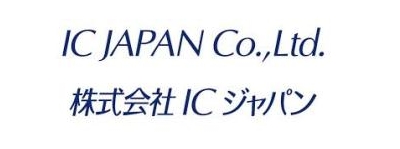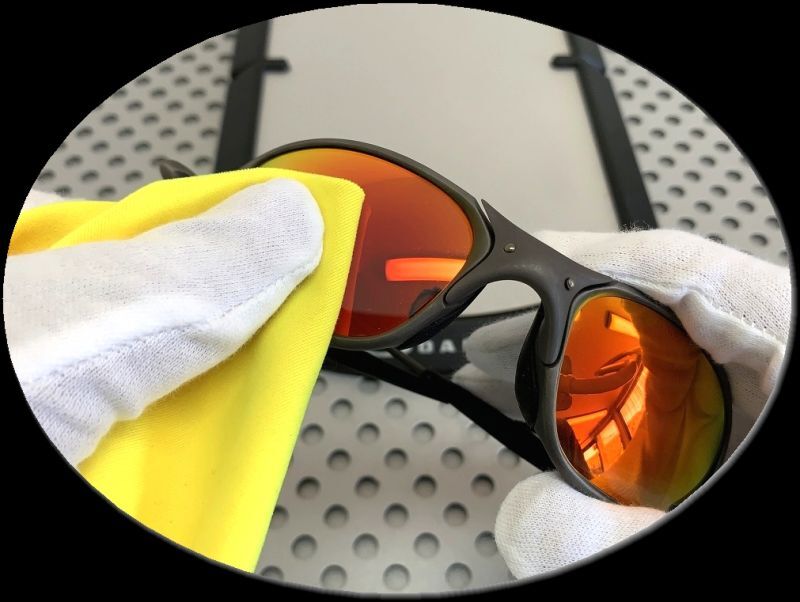Sign-in
【Handling of the Lens】
Mirror coating is susceptible to scratching, so please handle with care. When wiping away dirt, lightly rinse off the dirt and then wipe using a clean cloth or lens wipe, etc. (Do not use hot water).
Leaving the lens wet may cause discoloration of the mirror coating.
Storing the glasses in high temperature, high humidity environments such as inside a car during summer can reduce the lifespan of the coating, so please avoid doing so.
*If polarized lenses come into contact with water, it may cause separation between the film and the lens. 'Do not rinse with water' to prevent this. Use an air duster or similar to blow away dust from the lens, and then gently wipe it with a cloth.
【Important Points for Handling Lenses】
・”Lens cleaners” can degrade the coating film, so please do not use them.
・Do not use alkaline or acidic detergents or solvents.
・Alkaline substances such as soap, body wash, hand soap, and acidic detergents, as well as thinner, can cause deterioration or peeling of the lens surface coating. Please refrain from using them. Also, do not soak the lenses long time into the water, even if the dirt is stubborn. This can also lead to deterioration or peeling of the coating.
【Installation Instructions】
Please be cautious about tightening the screws too strongly during installation, as excessive force can stress the lens and lead to diminished visibility. Over-tightening the screws can result in compromised visual quality.

【Considerations for Using NXT Lenses】
*Photochromic lenses adjust their tint in response to ultraviolet (UV) light. During car driving, the lens tinting may not change significantly due to the UV protection function of the car's glass.
Due to their inherent characteristics, photochromic lenses may not fully revert to their original color after approximately 1-2 years of use, due to aging.
Even if the color doesn't fully revert, the UV protection function will not be compromised.
The degree of tinting, fading, density, and color change may vary depending on the usage environment (UV intensity, temperature, humidity, visible light level, weather, etc.). Particularly, the photochromic function's responsiveness will be reduced in high-temperature environments (above 28°C).
Do not leave the lenses in high-temperature locations for extended periods. Prolonged exposure to temperatures above 60°C can result in cracking of the surface coating.






